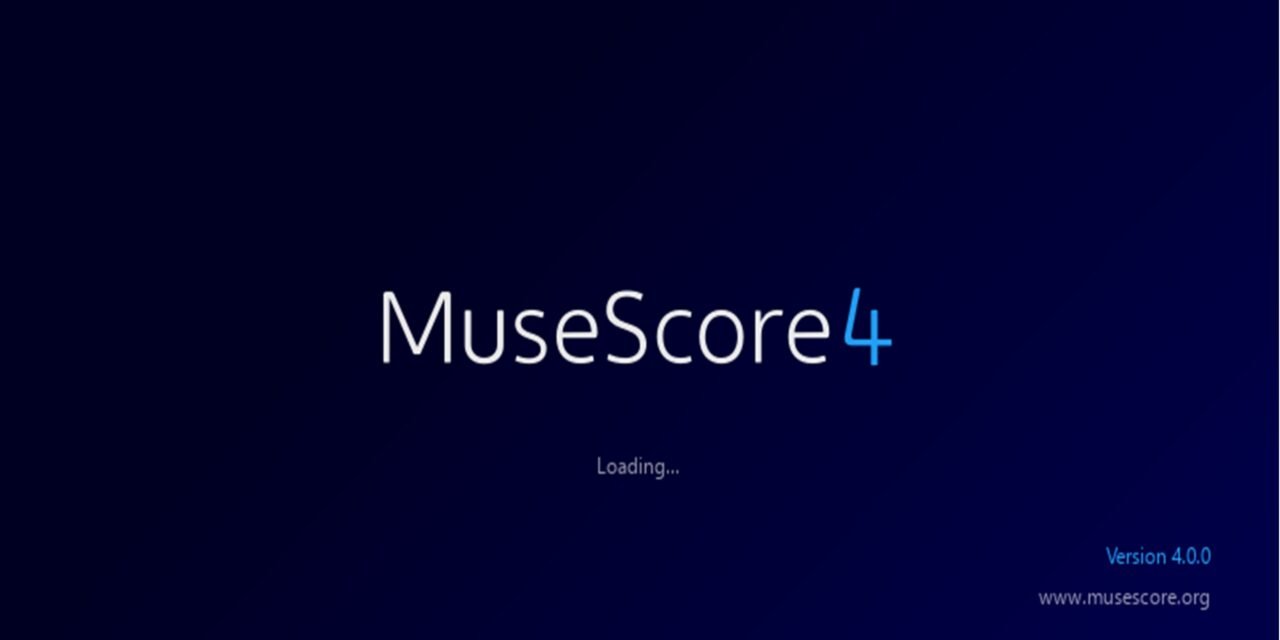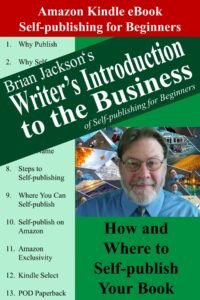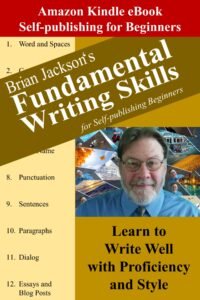As you probably already know, I’ve been arranging classical music for ukulele while composing original pieces for solo piano. I’ve been submitting my arrangements to MusicNotes, to be sold as downloadable sheet music, and just started uploading computer generated audio files for sale on Spotify, iTunes, Amazon Music… via a service called TuneCore.
I finally have a status update.
TuneCore rejected my first audio file, “Why Waltz”. They didn’t give a reason, but I suspect it’s because I composed the song for ukulele and the audio file is short and sounds like a willowy harpsichord. I’m hoping my longer piano arrangements will fare better.
Second, I found out that MusicNotes does not display self-published sheet music when customers search for songs within an instrument category. This means that no one will ever see my ukulele sheet music on that platform. I’ve suspended sheet music uploads to that platform since I’ve reached my limited of 10 free submissions and need to pay $99 to upgrade my account to unlimited submissions. Why submit if no one will ever see my sheet music?
I would recommend that you wait for a report of success before following in my footsteps, but for those budding arrangers/composers, I thought I would share a few notes on what I’m doing and how I’m doing it. Note that I’m new at creating and marketing music, so I barely know what I’m doing and may do something wrong (please correct me if you know better).
First, you have a few options for generating music and a few more options for marketing your music.
The software you choose to generate your music depends on your marketing goal.
I began by targeting sheet music as downloadable PDF files. Several sites offer opportunities to self-publish sheet music for sale. I chose MusicNotes, which may have been a mistake for the reason noted above.
I use MuseScore 4 to compose, arrange and generate sheet music PDF files. The software is free and absolutely rocks! Version 4 is brand new, so it’s also very buggy. I find the software to be incredibly powerful but intuitive to use. The support community and online manual are indispensable in learning the program. MuseScore also generates MP3 and WAV audio files from my transcriptions. I am uploading MuseScore generated audio files to TuneCore for distribution.
There are probably better programs to use to generate music audio files. I would only recommend using MuseScore to target sheet music generation. Since MusicNotes is a bust for distributing sheet music, I’ll be searching for an alternate distributor.
TuneCore is a one-stop-shop for distributing audio files to dozens of music download sites, including Spotify, iTunes and Amazon Music. It only costs $15 (lifetime) for unlimited uploads (I upgraded my account for some additional services for $30). I have yet to be paid, but someone in the chain takes 20% of my royalties. Besides subscribing to TuneCore, I got a free registration to BMI to register my music rights are worldwide. TuneCore is relatively easy to use once you figure everything out.
Finally, I use Camtasia to prepare simple music videos for upload to YouTube. Camtasia is expensive. I use it because I already owned it for recording Udemy videos. I recommend finding something free to compile simple YouTube videos for your music. Another alternative is Rotor online music video creation software that is easy and fast to use. You can create sample videos on Rotor for free, but it will cost you $30+ per video to download. I find this option too expensive, though the videos are nice.
That’s it. So far, I have no success to report. If I do, I’ll post and update.
Best of luck with your own music career!
—Brian


















